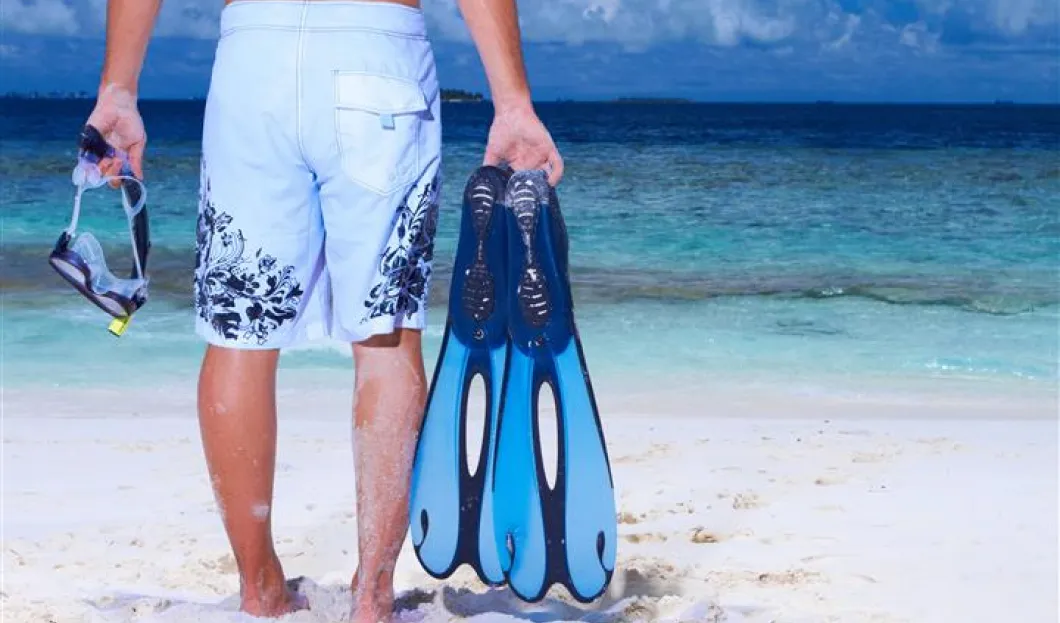
For many years, more than 80% of the global touristic activities have been focused on coastal zones. The beaches and coral reefs are the principal attractions.
For many people, the favorite place to live is close to the sea, therefore, the coasts all around the world have become a place to live, for tourists, and a location for touristic resorts. Nevertheless, the presence and constant human activity has caused a negative impact on the marine ecosystems and the species that live there.
According to a report of the enterprise of Water and Sewer Services of Monterrey, Mexico, the coastal zones are the ones with the biggest quantity of biodiversity on the planet and the most populated as well.
According to the ONU, 60% of the global population—plus the people that were already on the planet in 1960—live within 60 km of coasts. And the activities that affect these zones the most are construction (dykes and dams) and touristic activities.
In many cases the local population doesn’t get benefits from tourism because it often threatens the local culture and doesn’t contribute to the income in a big way since most of it is used by foreign investors.
Every year, a big percentage of tourists arrive to coasts all over the world. In fact, tourism is the largest and fastest growing industry globally. Tourism and some other economic activities in the industry generate 11% of the Global Domestic Product, employing 200 million people and transporting 700 million travelers every year. Additionally, it is expected that for the year 2020 this number will double, especially in the non-developed countries.
However, the locals aren’t the only ones affected by the secondary effects. The marine ecosystems are the most damaged due to the huge quantity of tourists that arrive during holiday season to relatively small areas and cause severe ecological damage.
A huge example of this is the Australian Great Barrier Reef where the population is about 130 thousand people, and it is divided into two small zones: Cairns and the Whitsunday Islands. They receive 85% of the tourists who visit the Great Barrier Reef.
The pollution in coastal regions like this one leaves the local infrastructure and these habitats under too much tension.
Many touristic facilities have been built in diverse regions, among these are: airports, hotels, sport clubs, etc. These kinds of constructions have bigger impact if they are close to any marine ecosystem, for example:
- Many wetlands and mangroves have been removed to create touristic resorts.
- Some structures –like docks—have been built above coral reefs.
- Some beaches that are homes to endangered species—like sea turtles— have been destroyed in order to build touristic resorts.
- On the other hand, some hotels dump their sewage and other wastes directly into the water around them, and those can be coral reefs and other delicate habitats.
Recreational activities also have a negative impact. For example, diving, fishing, and sailing in an irresponsible way can cause severe damages to the marine ecosystems. Just by the fact that a big number of boats or people approach a determined zone, many sea species can be endangered.
Tourism can also result in excessive consumption of seafood in a determined region, which endangers fish species. In addition, collection of corals, oysters, snails and other souvenirs from the sea by tourists or local vendors also have negative effects on the coasts.
One of the most popular cruise destinations in the Artic is Svalbard, but according to a report of the World Wild Foundation (WWF), it is urgent that this cruise industry reduce its gas dump in the sea and stop the pollution. Unless the government and cruise operators take action to forbid trips and cruises to vulnerable areas in the Arctic, the environmental damage will be irreversible.
The abusive tourism and the quick development of the Greek beaches have a long term effect on the survival of the biggest population of loggerhead turtles in the Mediterranean, specifically the Zakythos Island. In the National Sea Park of Zakyntos, you can find between 800 to 1100 turtle’s nests, but the bad administration and the lack of support from the government are causing this species to become endangered. It is important that this zone be protected because loggerhead turtles make their nests right there every summer.
The coastal zone of the Mediterranean is the most popular touristic destination in the world. 100 million of the 220 million tourists that visit the Mediterranean per year congregate at the beaches. In consequence, more than 46 thousand km of the coast have been built-up. The development of the infrastructures has been really quick, disrupting the dynamic of every one of the ecosystems of the Mediterranean.
Besides destroying and exploiting natural resources, tourism doesn’t contribute to the income of the locals. Normally, the earnings go to foreign investors. That was the case in 2001 and 2004; more than half of the earnings from tourism in that zone went directly to investors in the north of Europe.










